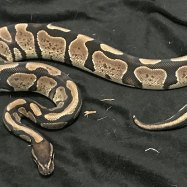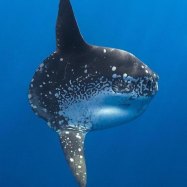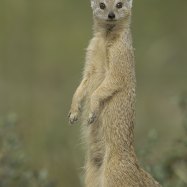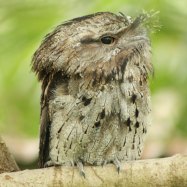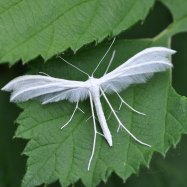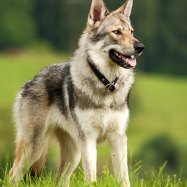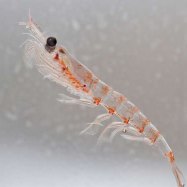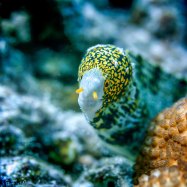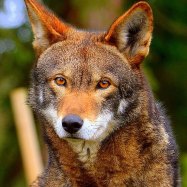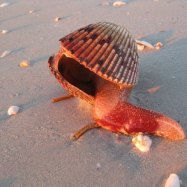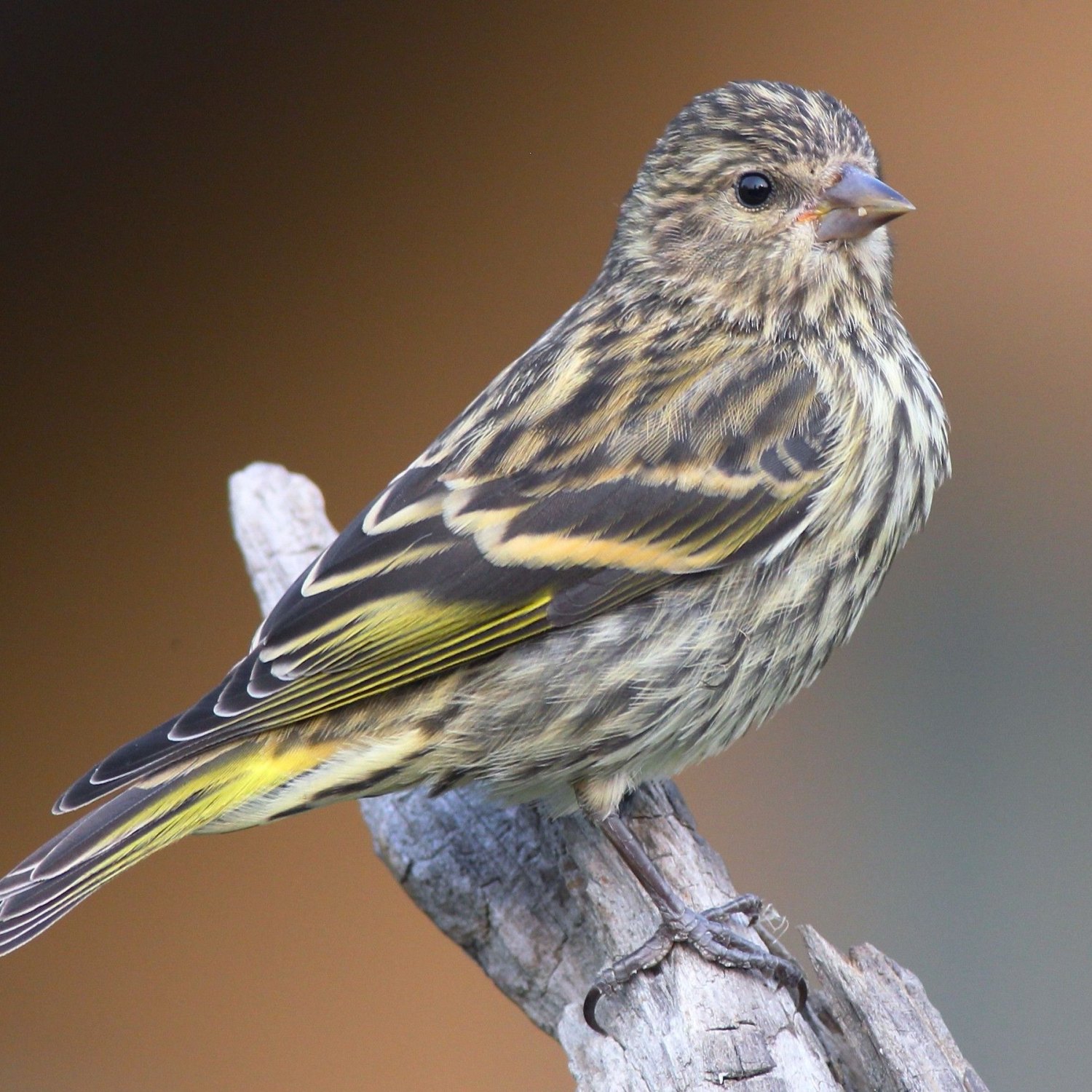
Pine Siskin
11-14 cm
The Pine Siskin is a small but distinctive bird found in Canada, the United States, and Mexico. This compact member of the Fringillidae family is only 11-14 cm in length, making it a challenging sight for bird watchers. Keep an eye out for this lively little creature on your next outdoor adventure! #PineSiskin #birdwatching #Fringillidae #Canada #US #Mexico
Animal Details Summary:
Common Name: Pine Siskin
Kingdom: Animalia
Habitat: Forests, woodlands, and coniferous trees
The Adaptable Pine Siskin: A Small Bird with a Big Personality
The Pine Siskin, scientifically known as Spinus pinus, is a charming and adaptable bird found in North America. Despite its small size, this bird has made a big impression on birdwatchers and researchers alike. With its unique habits, distinctive coloration, and energetic demeanor, the Pine Siskin is a truly fascinating creature. Let's dive into the details of this amazing bird and discover why it stands out from the rest Pine Siskin.The Pine Siskin's Classification and Distribution
The Pine Siskin belongs to the Animalia kingdom, which includes all animals, and the phylum Chordata, which encompasses vertebrates. As a member of the Aves class, it falls under the same category as all other bird species. Specifically, it belongs to the Passeriformes order, known for its songbirds, and the Fringillidae family, which includes finches, siskins, and crossbills.This lively bird can be found in forests, woodlands, and coniferous trees throughout North America. It is not uncommon to spot them in Canada, the United States, and Mexico, making them a widely distributed species. However, their numbers can vary greatly depending on their location and the availability of food sources.
The Pine Siskin's Characteristics and Behavior
The Pine Siskin's coloration is a defining feature. It has a mostly brown body with black streaks and a small yellow patch on its wing. The males have more vibrant streaks, and during the breeding season, their plumage will become brighter Prairie Chicken. Their yellow wing bars are also more prominent in males and are used in courtship displays.Measuring 11 to 14 cm in length, the Pine Siskin is a small bird, even by passerine standards. They have a compact body shape, with short, conical beaks and long, pointed wings. Their tails are relatively short but have a distinctive forked shape, which helps with agile flight maneuvers.
One of the Pine Siskin's most interesting features is its adaptability. As a seed-eater, this little bird has uniquely evolved to be able to survive in harsh environments. Unlike other finches, which rely on a specific type of seed, the Pine Siskin can feed on a variety of seeds, including those from conifer trees. This ability to adapt their diet gives them a significant advantage during food shortages, and they can thrive in areas where other birds struggle to survive.
In addition to their diet, Pine Siskins also have a unique social behavior. They are highly social birds and are known to form large flocks during the winter months. These flocks can consist of several hundred individuals and are often seen foraging together in trees or at bird feeders. Although they may seem chaotic, these flocks have a hierarchical structure, with dominant individuals getting the best food sources.
The Pine Siskin's Impact on the Ecosystem
Despite their small size, Pine Siskins play a crucial role in their ecosystem. As seed-eaters, they help with the dispersal of seeds, contributing to the growth and survival of many plant species. They also help control insect populations, which can be detrimental to crops and gardens.Their migratory patterns also have an impact on their ecosystems. As they move through different areas, they bring with them knowledge of different food sources and nesting territories. This knowledge-sharing helps maintain a diverse and balanced ecosystem.
The Pine Siskin's Conservation Status
Currently, the Pine Siskin is not considered a threatened species, with a conservation status of "least concern." However, their populations can be affected by factors such as deforestation, climate change, and disease outbreaks. In severe winters, when food sources are scarce, Pine Siskins can experience mortality rates of up to 80%.To help ensure the continued survival and well-being of Pine Siskins and other bird species, researchers and conservationists are studying their migratory patterns, habitats, and behavior. By better understanding the needs and movements of these birds, steps can be taken to protect and preserve their populations.
Final Thoughts
The Pine Siskin may be small in size, but it is big in personality and adaptability. Its distinctive coloration, unique behaviors, and vital role in its ecosystem make it a fascinating and valuable bird. With the active flocks that can be found in many parts of North America, birdwatchers and researchers can easily spot and study these charming creatures.Next time you are in the forests, woodlands, or coniferous trees of North America, keep your eyes and ears open for the Pine Siskin. You may be lucky enough to observe their social behaviors, watch them foraging for food, or listen to their melodic songs. Truly, the Pine Siskin is a remarkable bird that deserves our attention and protection.

Pine Siskin
Animal Details Pine Siskin - Scientific Name: Spinus pinus
- Category: Animals P
- Scientific Name: Spinus pinus
- Common Name: Pine Siskin
- Kingdom: Animalia
- Phylum: Chordata
- Class: Aves
- Order: Passeriformes
- Family: Fringillidae
- Habitat: Forests, woodlands, and coniferous trees
- Feeding Method: Seed-eater
- Geographical Distribution: North America
- Country of Origin: United States
- Location: Canada, United States, and Mexico
- Animal Coloration: Brown with black streaks and yellow wing bars
- Body Shape: Small, compact
- Length: 11-14 cm
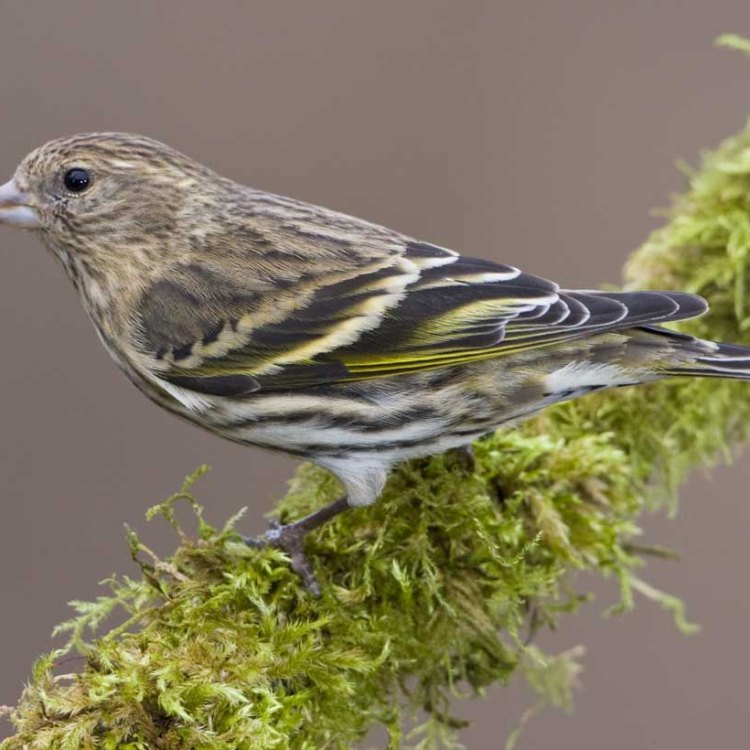
Pine Siskin
- Adult Size: Small
- Average Lifespan: 3-7 years
- Reproduction: Sexual
- Reproductive Behavior: Monogamous
- Sound or Call: High-pitched twittering
- Migration Pattern: Variable, depending on food availability
- Social Groups: Can be solitary or form flocks
- Behavior: Active, agile, and often found in small groups
- Threats: Loss of habitat, climate change, and predation
- Conservation Status: Least Concern
- Impact on Ecosystem: Important seed dispersers
- Human Use: Popular bird for birdwatching
- Distinctive Features: Yellow wing bars
- Interesting Facts: Can produce 1,000 songs per hour
- Predator: Birds of prey, cats, and snakes
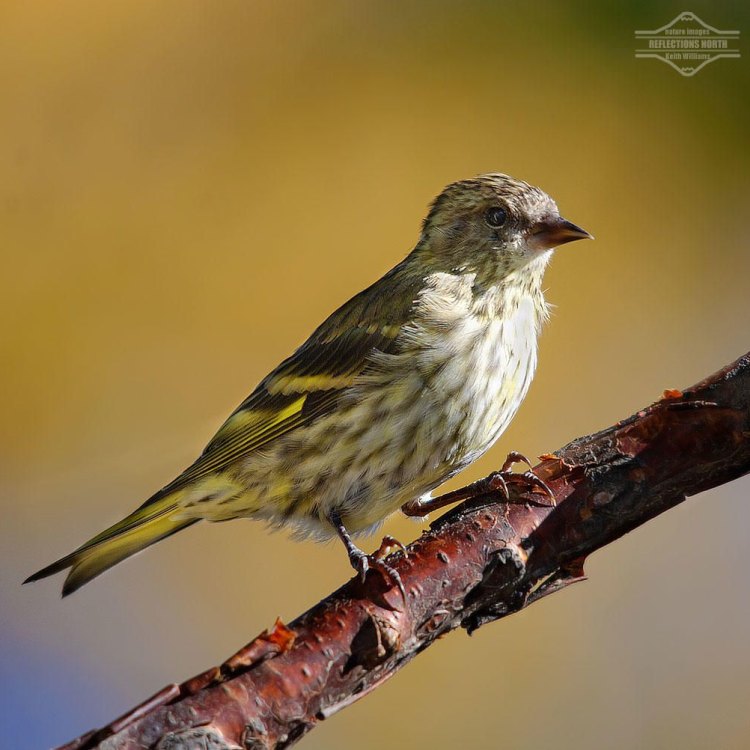
Spinus pinus
The Persistent Pine Siskin: A Small But Mighty Bird
The chirping of the Pine Siskin is music to any birdwatcher's ears. This small bird may not be as well-known as some of its larger and more colorful counterparts, but it certainly has its own unique charm and fascinating characteristics.Native to North America, the Pine Siskin (Spinus pinus) is a small, finch-like bird, measuring only 4.7-5 PeaceOfAnimals.Com.5 inches in length. They are often referred to as "little brown birds" due to their unremarkable appearance, but once you take a closer look, you'll discover their true beauty. Their plumage is a mix of brown, black, and yellow, with distinctive yellow wing bars that add a touch of brightness to their overall appearance.
Despite their small size, these birds are strong and resilient. They have a lifespan of 3-7 years in the wild, and can even reach up to 9 years in captivity. This may not seem like a long time, but in the harsh and unpredictable world of nature, it is quite remarkable. So, what makes the Pine Siskin such a persistent and remarkable bird?
Reproduction and Sexual Behavior
Like most birds, Pine Siskins are sexually reproductive animals. They reach sexual maturity at just one year of age and are ready to mate. Unlike some bird species, Pine Siskins are monogamous, meaning they mate with only one partner for life Pteranodon. They form strong bonds with their mates and will often stay together even outside of the breeding season.
Interestingly, these small birds have a unique courtship ritual. Males perform a dance routine, fluttering their wings and darting around the female, to show off their vibrant yellow wing bars. This courtship ritual not only helps to attract a mate but also displays the male's strength and agility, which is crucial for building a nest and raising young.
Once a pair has successfully mated, the female will lay a clutch of 3-6 eggs in a well-concealed location in a tree. Both parents will take turns incubating the eggs and feeding the chicks once they hatch. This cooperative breeding behavior increases the chances of survival for the offspring.
High-Pitched Twittering and Migration Pattern
One of the most distinctive features of the Pine Siskin is its high-pitched twittering call, often described as a rapid, jumbled warbling. This sound can be heard throughout the year, but it becomes even more prominent during the breeding season. The male will sing to protect its territory and attract a mate, while the female sings to communicate with her partner and defend their nest.
Pine Siskins are also known for their unpredictable migration patterns. They are considered partial migrants, meaning some populations migrate while others stay in their breeding grounds year-round. The decision to migrate or stay is largely dependent on food availability. If their natural food sources, such as seeds and insects, are scarce, they will migrate to find new food sources. This flexible behavior allows them to adapt to changing environments and increase their chances of survival.
Active and Agile Behavior
Pine Siskins are active and highly-agile birds, often seen darting around in small groups. They are skillful acrobats, able to cling to the ends of twigs and branches to reach seeds and insects. Their strong and pointed beaks are used to crack open tough seeds and extract the nutritious insides.
Their agile nature also makes them difficult prey for predators. They are quick and nimble, able to evade attacks from birds of prey, cats, and snakes, which are their main predators. However, despite their swift movements, Pine Siskins still face threats in the wild.
Threats and Conservation Status
Like many other wildlife species, Pine Siskins are facing threats to their survival. Loss of habitat due to deforestation and urbanization is a significant concern for these small birds. As their natural food sources are destroyed, it becomes harder for them to find the necessary resources to survive.
Climate change is another major threat to Pine Siskins. Changes in temperature and precipitation patterns can affect their breeding and migration patterns, as well as disrupt their food sources. This puts them at risk of food scarcity and makes it harder for them to adapt and survive.
Fortunately, the Pine Siskin is classified as "Least Concern" on the IUCN Red List, as its population remains stable. However, it is crucial to continue monitoring their population and address the threats they face to ensure their conservation status remains unchanged.
Impact on Ecosystem and Human Use
Despite their small size, Pine Siskins play a significant role in their ecosystem. They are important seed dispersers, as they consume and spread seeds from various plants, contributing to the growth of new vegetation. This helps to maintain and diversify the surrounding plant life, supporting other wildlife species that depend on these plants for survival.
The Pine Siskin also has a special place in the hearts of birdwatchers and nature enthusiasts. Its active behavior, distinctive call, and unique appearance make it a popular bird for birdwatching. Many people enjoy observing these small birds and learning more about their behavior and habitat.
Distinctive Features and Interesting Facts
Aside from their yellow wing bars, there are other distinctive features that make the Pine Siskin stand out among other bird species. Their pointed beaks and compact bodies are adaptations that make them efficient seed-eaters. Their small size also allows them to navigate through dense vegetation and avoid predators.
Despite their unremarkable appearance at first glance, Pine Siskins have a fascinating ability that sets them apart from other bird species. They can produce up to 1,000 songs per hour, making them one of the most vocal and musically talented birds in the animal kingdom.
In Conclusion
The Pine Siskin may be a small bird, but it is certainly mighty and resilient. Its unique characteristics and behaviors make it an important and fascinating species in the animal kingdom. It faces threats from human activities and environmental changes, but its strong adaptability and persistent nature give hope for its continued survival. As birdwatchers and nature enthusiasts, let us admire and appreciate the beauty and charm of the Pine Siskin, and work towards preserving its existence for generations to come.
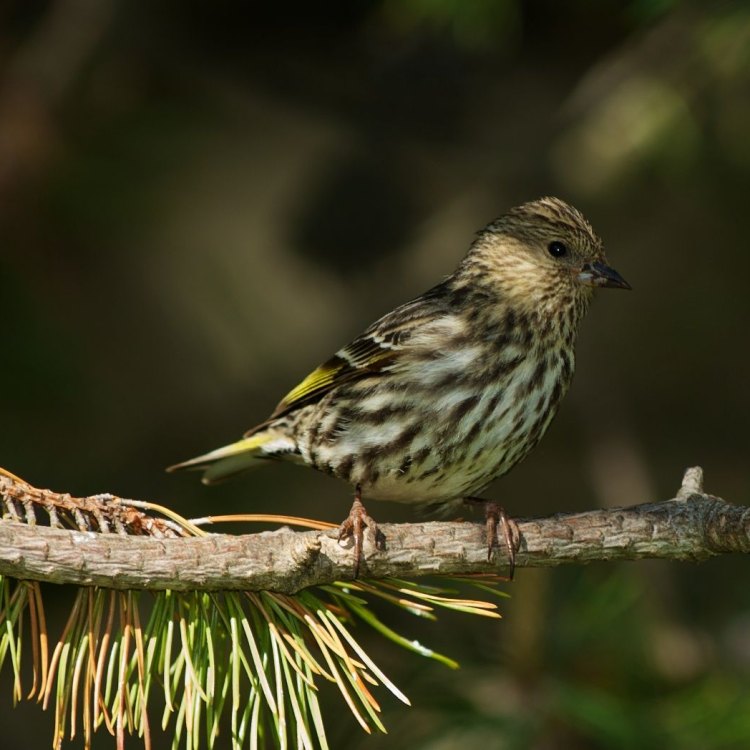
The Adaptable Pine Siskin: A Small Bird with a Big Personality
Disclaimer: The content provided is for informational purposes only. We cannot guarantee the accuracy of the information on this page 100%. All information provided here may change without prior notice.

